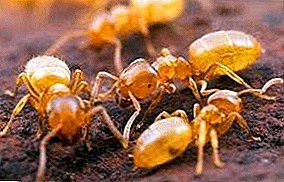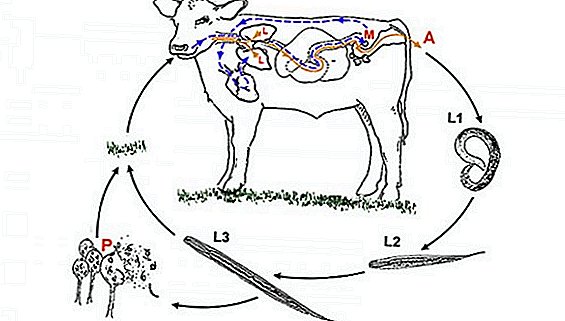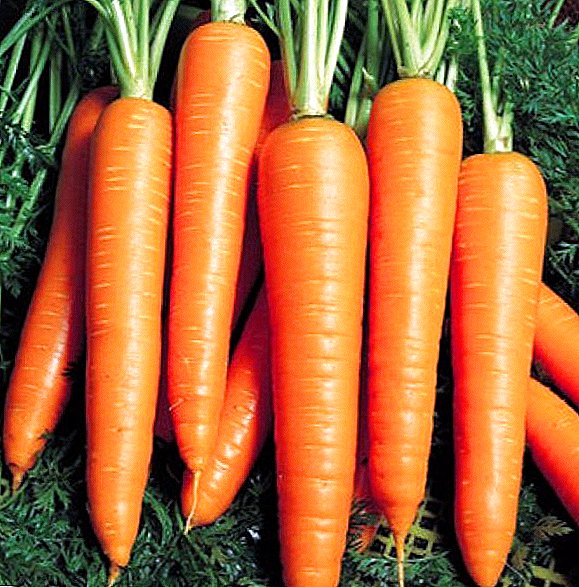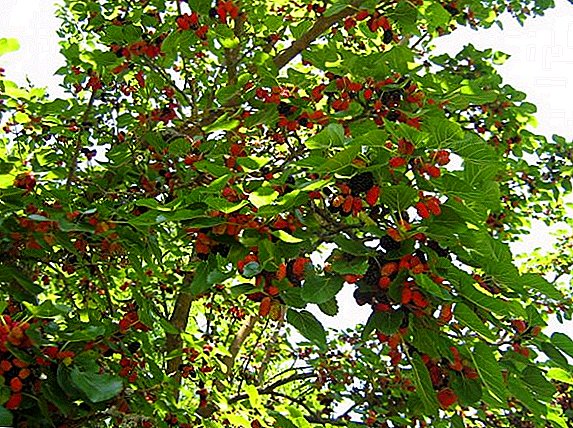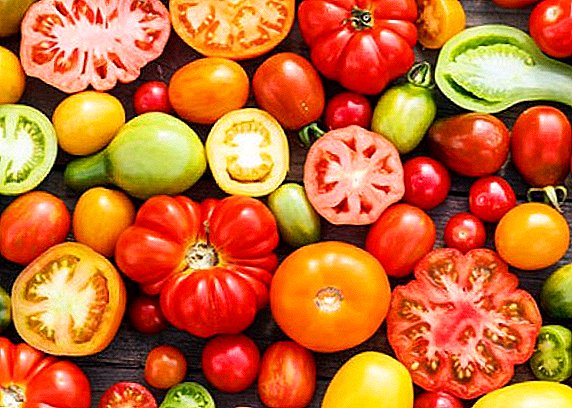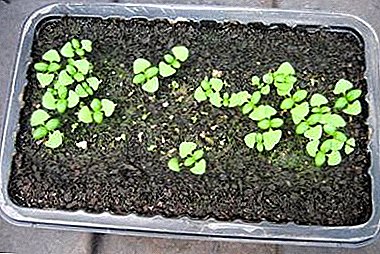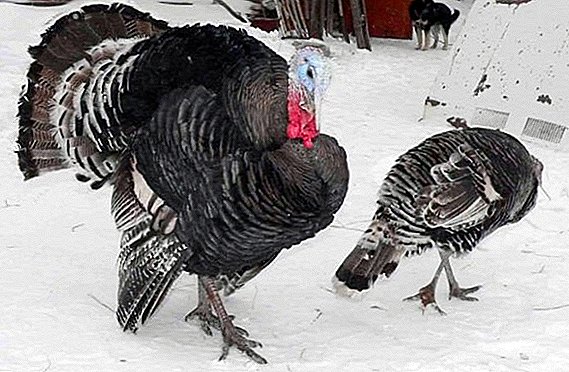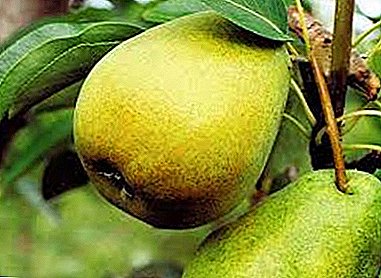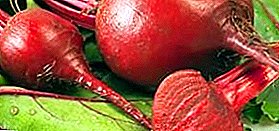
Preserving the hardness and excellent taste of the beets during the winter period is paramount during storage. Despite the high rates of keeping quality of beetsi.e. that shelf life when the fetus does not deteriorate, it still requires favorable conditions under which it will not be infected by other products with diseases, and will not be affected by parasites, rodents or mold.
Many cellar and cellar owners believe that coolness and darkness will be quite enough, due to which they make the first mistake. Even if the harvested roots are grown healthy, and meet the best standards, they are not insured against damage. Below we will answer your main question: “How to store beets in the cellar in the winter?”.
Preparing the room?

In order not to lose the precious harvest of beets and to provide yourself with useful vitamins for the whole winter, you should take into account a lot of nuances and recommendations for proper storage of beets in the cellar.
Ensure that the cellar is adequately ventilated.and cool air moves freely around the perimeter. Set root bins 10–15 cm above the floor for better weathering.
The floor, walls and other surfaces must be cleaned and dried from excess debris. For reliability bleach is sometimes used and whitewashed for sterilization.
Temperature
On average, this should be about 0 or + 2 ° C. If you exceed these figures, then fruits will start sprouting, condensate, rot and twitch disease.
Humidity
Premises sated with warm air and damp will negatively affect the quality of the crop. Better if the humidity in the cellar will not exceed 80-90%.
Combination with other vegetables
Joint storage of beets for the winter in the cellar with potatoes - turned out to be the most profitable combination. You can sprinkle beets on top or bottom of potato tubers, thereby protecting the potatoes from excessive moisture and providing it with beets.
No problems will arise when storing beets with onions or garlic. On the contrary, the latter will have a positive impact on the protection of root crops from pests.
Shared storage features
Now let's figure out how to save carrots and beets for the winter in the cellar or basement, without harm to vegetables. Both types of root crops do not tolerate too high humidity and are vulnerable to freezing. If the beets can be safely put in one box with potatoesthen the carrots should be kept separately and in a slightly different environment.
It is better for it to produce "layering" by successively changing layers of sand and carrots in a container. Sand for carrots should be saturated with moisture at 20-35%. Occasionally resort to processing liquid clay, which will serve as an extra layer of protection for vegetables.
Terms and conditions
Choosing a grade
So, raising the topic of how to store beets in the cellar in the winter, it is worth a responsible approach to the choice of variety, because the further success of the whole process depends on it. The following varieties are considered to be the most resistant to cold and long storage.: "Red Ball", "Renova", "Podzimnyaya", "Gribovskaya flat A473", "Mulatto", "Nosovskaya flat", "Bravo", "Incomparable", "Bordeaux 237", "Libero", "Odnorostkovaya", "Pablo F1".
 Most often it is mid-season, late species. Root vegetables will feel good in the cellar and basementgrown on fertile soils, especially in sandy and loamy types. They are less susceptible to disease and erosion, such as cracks and growths, for example, appearing because of scab.
Most often it is mid-season, late species. Root vegetables will feel good in the cellar and basementgrown on fertile soils, especially in sandy and loamy types. They are less susceptible to disease and erosion, such as cracks and growths, for example, appearing because of scab.
Sort the vegetables carefully., carefully choosing only whole and not damaged fruits - in ulcers and indentations later viral or fungal diseases can easily develop.
Any suspicious instances should be destroyed., for example, if voids were found in the pulp, and black hardened areas on the sides. It will be very convenient to sort the beets by size - small products should be stored separately from medium ones, etc.
Avoid too large or too small root vegetables. Focus on the taste of future winter stocks: it is wiser to keep only sweet ones in the basement, not too fibrous or hard beets. If during the cultivation of beets you actively fertilize it with phosphorus and nitrogen, then there is a small probability that during storage it will appear white or gray rot.
How to prepare?
For storing beets for the winter in the basement is suitable fresh, just harvested from the site harvest, so that as soon as the vegetables are gathered from the garden, proceed to the preparation. For starters, all fruits will need to be thoroughly cleaned from lumps of earth. To make this process easier and faster, the roots can be laid out for a while in the sun - warmed up under the rays, they will soon dry out.
Never try to wash the beets. - leave it with a natural protective layer of thin earth film. It is convenient to clean the beets with dry napkins or a towel.
Train in garden gloves and with scissors or sharpened knife. Leave the tails of the vegetables as they are, and carefully cut the tops of the tops, leaving literally 1-1.5 centimeters.
The next step will be pre-storage in a dark and dry place with good access to fresh air. So for about a week, beets can be kept in a barn extension., utility room or attic.
Of course, in sunny and dry weather, vegetables can be left to dry there, on the beds, for which a couple of hours will suffice. Storage in the same room longer, but reliable - you will not have to fear that the fruits will become damp, will be eaten by insects or fall under the rain.
Once the beet is completely dry, it will be ready for long-term storage in the winter.
The main point in the question of how to keep the beets for the winter in the cellar for a long period of time is its short treatment with a weak salt solution. After all, it will be an additional protection of beets from harmful influences. Keeping the roots in such a solution for a couple of minutes, after they need to certainly dry in the sun.
What is the best way to store?

Of course, it is much easier to use the usual bulk and store roots on the floor, however, they will be deprived of full access to the air and risk moldy. Use the spacious bins with high enough walls. (up to 1 m), through which the beet does not fit through the boards.
For the pallet, also choose a wooden floor with gaps. Bins should not touch the walls of the room - It is best to place them at a short distance.
The advantages of such fences over plastic bags and baskets are that the air inside is easy to circulate, and you can not be afraid that excess moisture will ruin the stock. Some gardening experts insist on the need to cut the side roots together with the tail. Thus, crop owners only increase the risk of contagion spreading through cut areas. Try to keep the beet roots, if they are not too long.
Timing
The standard storage period is considered to be 7-9 months.. Falling asleep beetroot sand, you will increase this time to a year. This is subject to all rules of thoughtful storage.
Storage methods
Now that you have learned some of the nuances of how to store beets in the winter in the basement or cellar, it's time to move on to the most popular storage methods. One of them is the storage of vegetable in sawdust. At the bottom of the box is laid loose layer of chips and sawdust, then a layer of beets, again sawdust, and so on until the box or bag is filled.
It is important to periodically track, whether the protective material for root crops has not become damp, and then by all means change it to a new one. Now, you know how to store beets in the winter in the cellar or basement with sawdust and sand.
Storage of beets in the sand, see the photo below.

Another storage method is based on the use of sand. All beets are loaded into large wooden boxes or tight baskets, starting with medium ones and ending with larger ones.
After the fruit is completely covered with sand. For these purposes, it is best to stock up on river sand., to occasionally change too raw to fresh.
It is very convenient to store beets in tight plastic bags. The main thing is not to fill in too many fruits, so as not to tear the packaging. The optimal weight for each batch will be approximately 35 kg of beets.
Bags of vegetables in the cellar are always left openso that the beets do not "sweat" and not bloated. At the same time they can add sand, peat or soft wood chips.
If you decide to store red beets in the open, it will not prevent the help of some plants such as fern, oak or pine. Their leaves are rich in phytoncides that reliably destroy some harmful microbes. and parasitic fungi.
So, spreading fern leaves under beets, as well as covering the top, you protect the crop from some pathogens of plant diseases.
In the event that there is no possibility to build bins, adopt wide shelves or racks. All beets are placed on them in a steady slide.
Conclusion
Of all the options considered, the open method is the most comfortable and proven. So red beets have free access to fresh air, and excess moisture does not accumulate on the walls or root vegetables.
Processing vegetables with salt solutions or ashes is highly desirable if you want to beets lay in the cellar long enoughwithout suffering any illnesses.
It is important to remember the compatibility of fruits and vegetables. Beetroot is not too whimsical in this regard.But the best "neighbor" for her is potato, but not carrots.
In addition to plastic bags and shelves, a good place to store root vegetables can be a box with wide gaps between the laths. Wooden frame just above the floor, will be a reliable guarantee of ventilation and protection for the entire crop.
So that you do not have questions about how to store beets for the winter in the cellar or basement, and in what, we suggest you to watch the introductory video.


